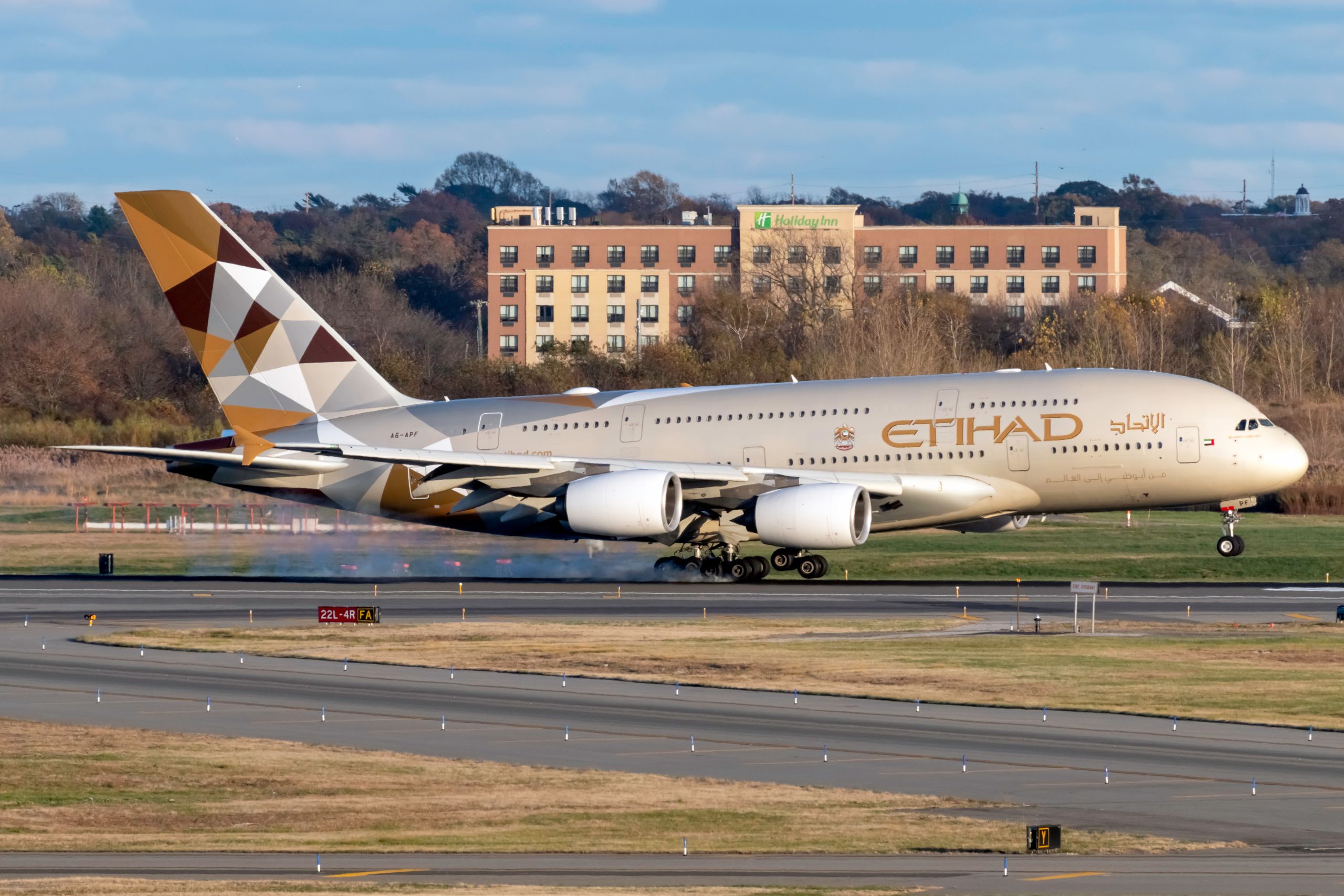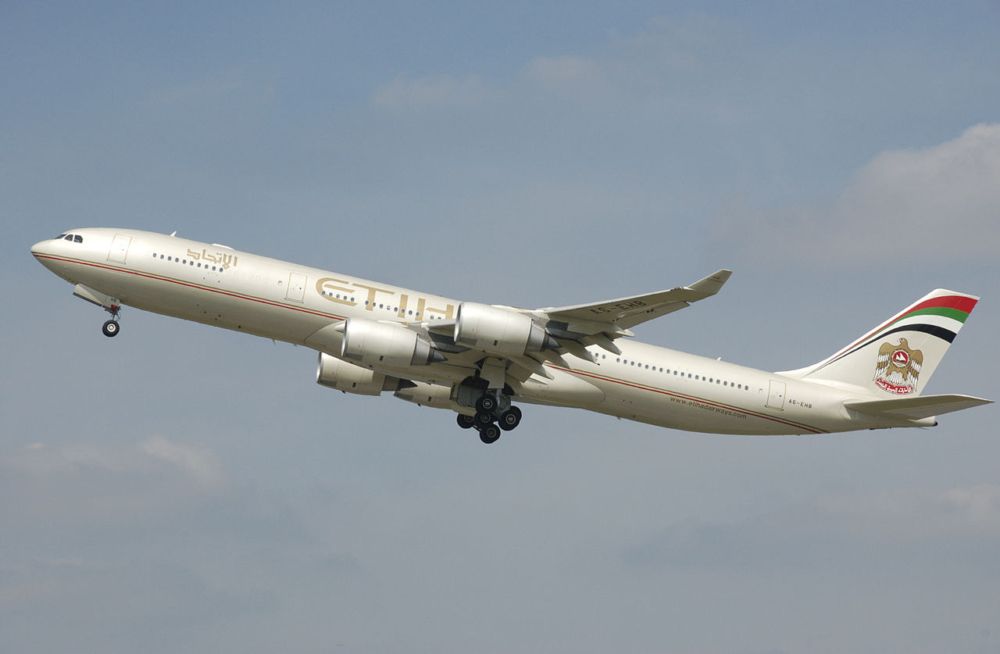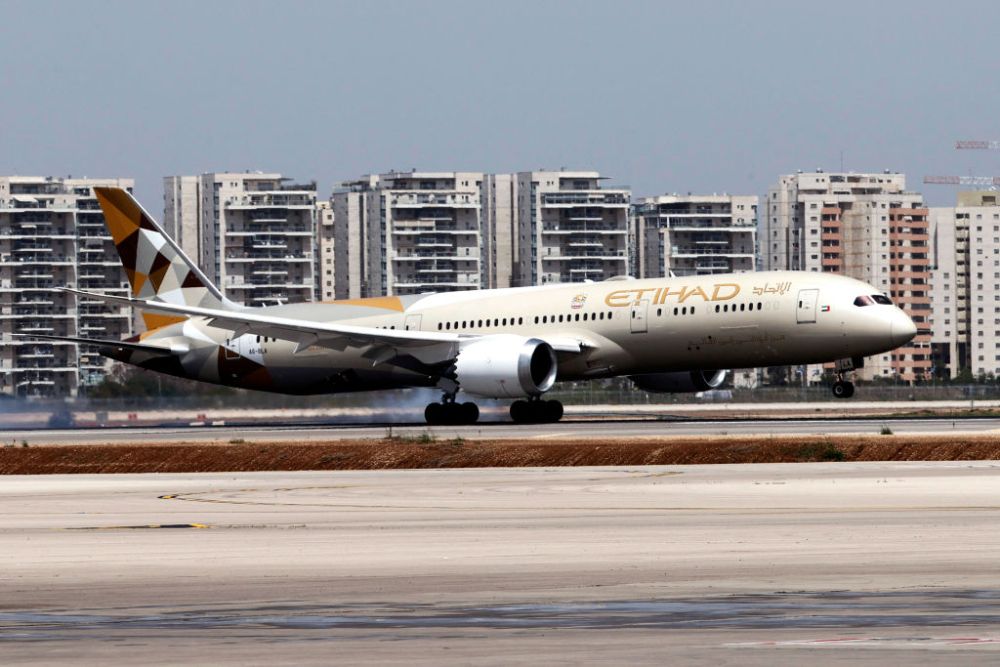Despite being less than two decades old, Etihad Airways has grown to become one of the Middle East's top airlines. Based in the UAE, the carrier now flies over 100 aircraft to cities all over the world, offering useful connections through its Abu Dhabi hub.
Etihad came into existence in 2003 following a royal decree to establish a second, Abu Dhabi-based flag carrier for the United Arab Emirates. It commenced operations that year, initially flying to other Middle Eastern destinations such as Beirut. By placing huge orders for widebody aircraft, Etihad has established itself as one of the region's key intercontinental carriers. This was underlined by its operation of the Airbus A380 from 2014.
Stay informed: Sign up for our daily and weekly aviation news digests.
In the beginning
The royal decree that prompted Etihad's formation was issued by then-future UAE President Sheikh Khalifa bin Zayed Al Nahyan. With a capital of 500 million UAE Dirham ($136 million) set aside for the airline, it was founded by Sheikh Ahmed Bin Saif Al Nahyan, who had previously worked for Abu Dhabi's Civil Aviation Authority and as Gulf Air's CEO.
After a ceremonial flight from Abu Dhabi to Al Ain on November 5th, 2003, commercial service began a week later. This initially saw the new airline serve Beirut, Lebanon. Etihad wasted no time developing its fleet, evidenced by a hefty 2004 transaction. Worth $8 billion, this 30-jet order included six Boeing 777-300ERs and four Airbus A380s.
Continued growth
As it turned out, this would not be the last multi-billion dollar order placed by Etihad. When the 2008 Farnborough Airshow came around, the UAE flag carrier made history by ordering an incredible $43 billion worth of aircraft. According to The Times, this was the world's largest aircraft order, outranking a $34 billion transaction by Emirates in 2003.
Wings Magazine reported that this featured both Airbus and Boeing jets, and comprised 100 firm orders, 55 options, and 50 purchase rights. This order laid the foundations for the makeup of Etihad's fleet today. Despite its growth, including a full-year net profit in 2011, Etihad never joined an alliance, instead partnering with and acquiring stakes in individual carriers. These included Aer Lingus, Air Berlin, Air Serbia, and Virgin Australia.
Recent developments amid COVID-19
As with many airlines worldwide, the onset of the coronavirus pandemic last year stopped Etihad's growth in its tracks. This forced significant operational restructuring in order for the carrier to generate income at a time when passenger demand was minimal. For example, Etihad repurposed some of its Boeing 787 Dreamliners as temporary cargo planes.
However, not all of Etihad's aircraft were able to find new roles within the airline amid the global health crisis. Most notably, COVID-19 appears to have spelled the end for its 10 Airbus A380s. After all, CEO Tony Douglas told Simple Flying in an exclusive webinar interview that the superjumbo has "two engines too many." Nonetheless, with a modern backbone of efficient twinjets, Etihad looks well placed to make a strong recovery.
What are your best memories of flying with Etihad? How do you find it compares to the UAE's other flag carrier, Emirates? Let us know your thoughts and experiences in the comments.



